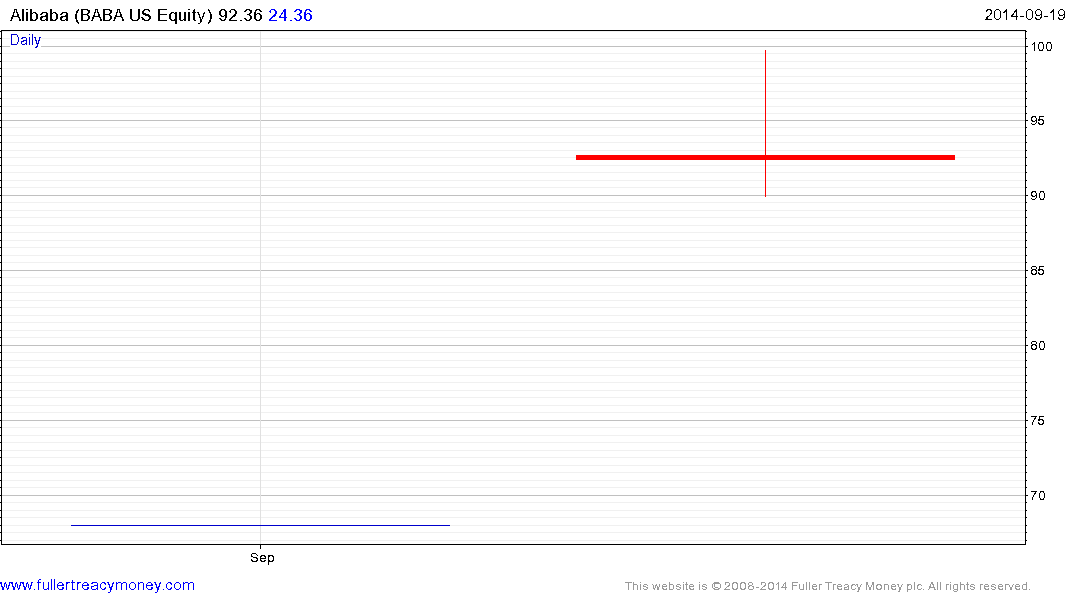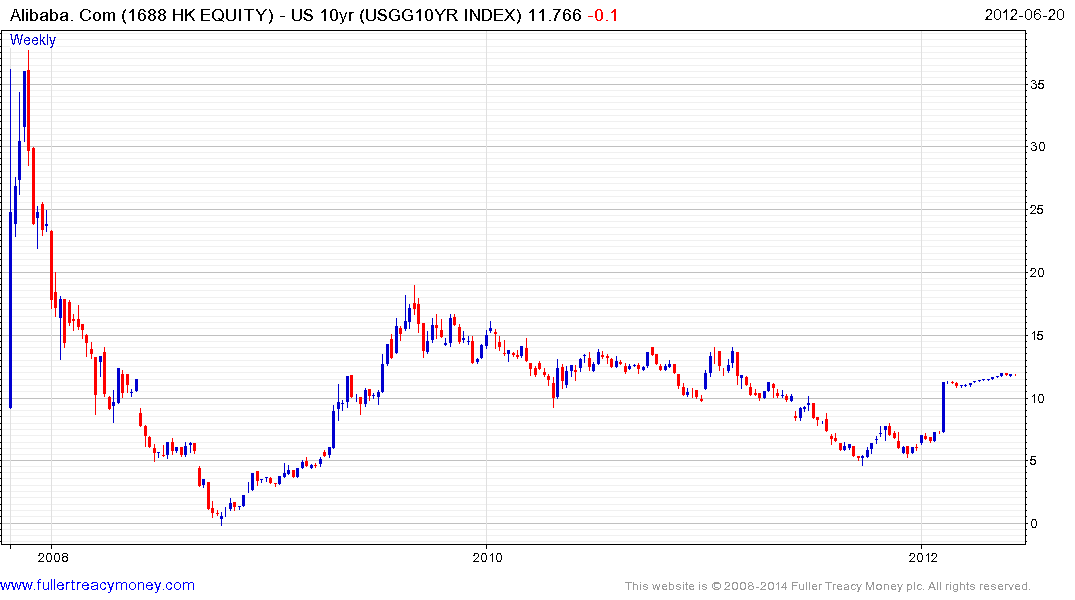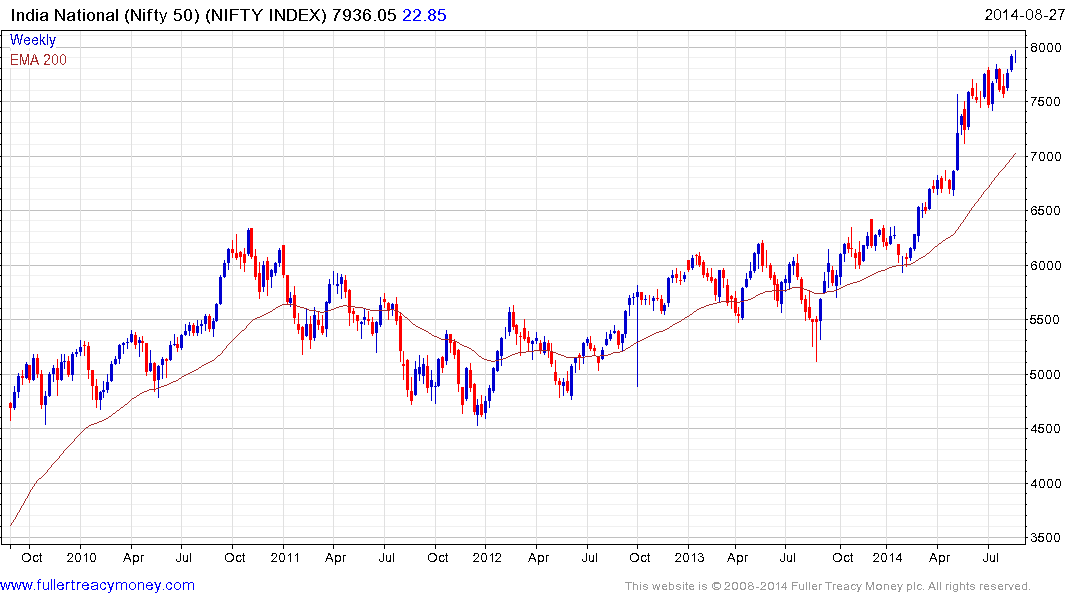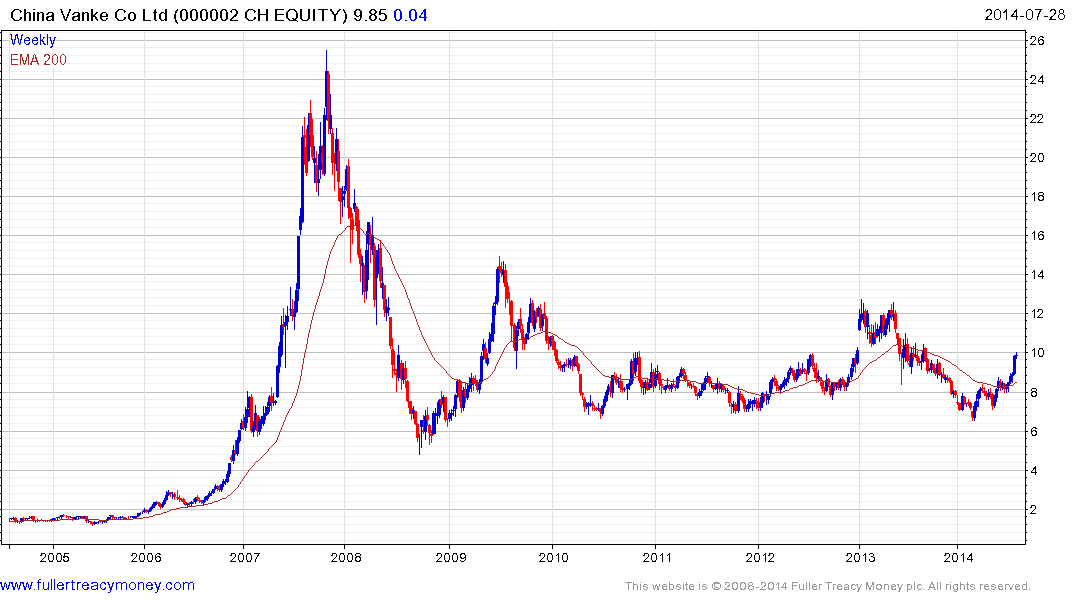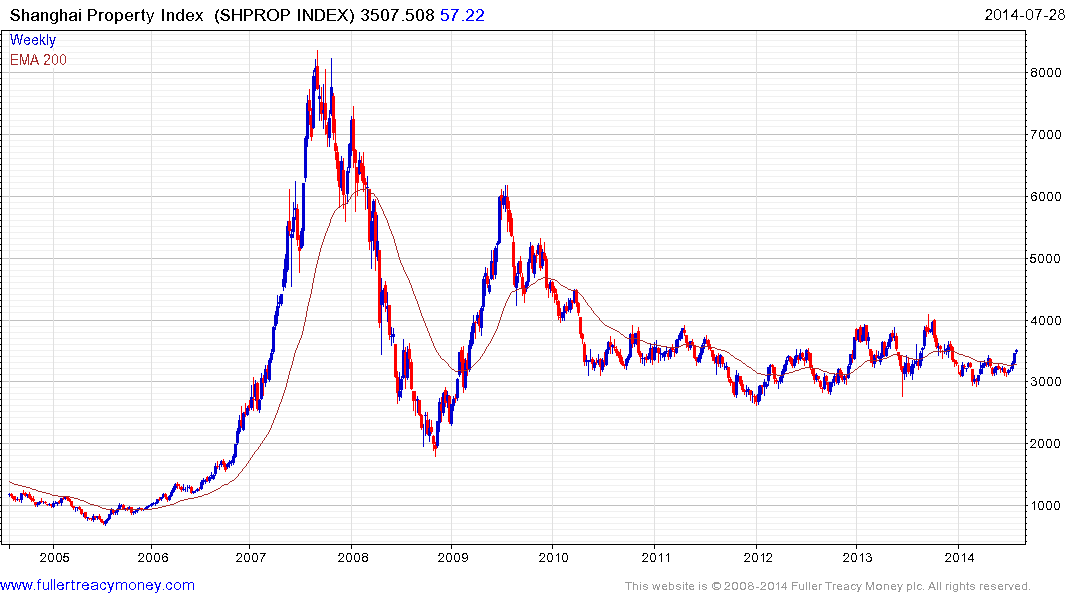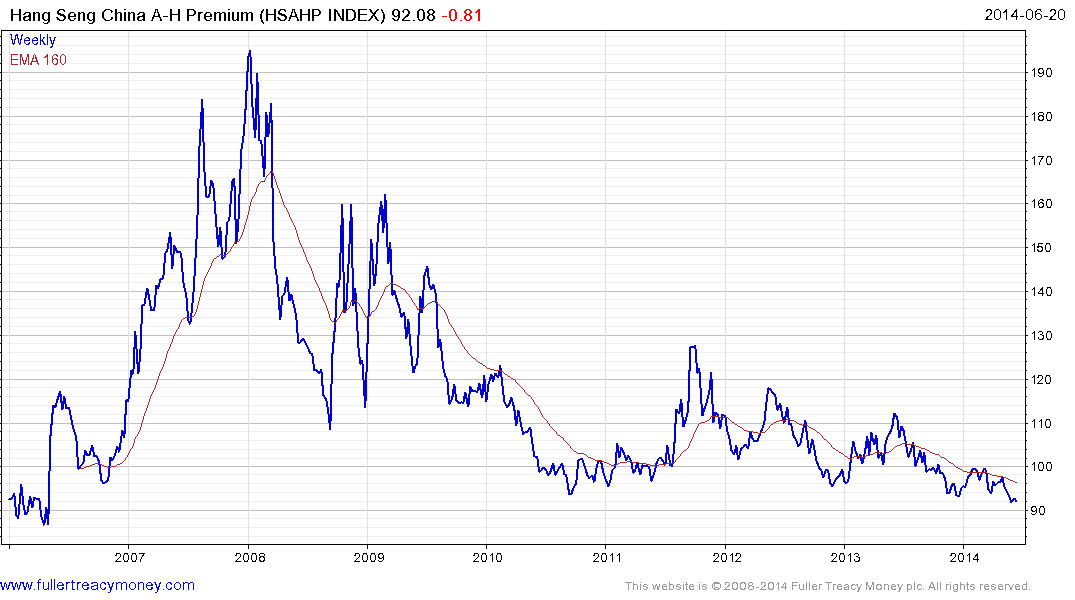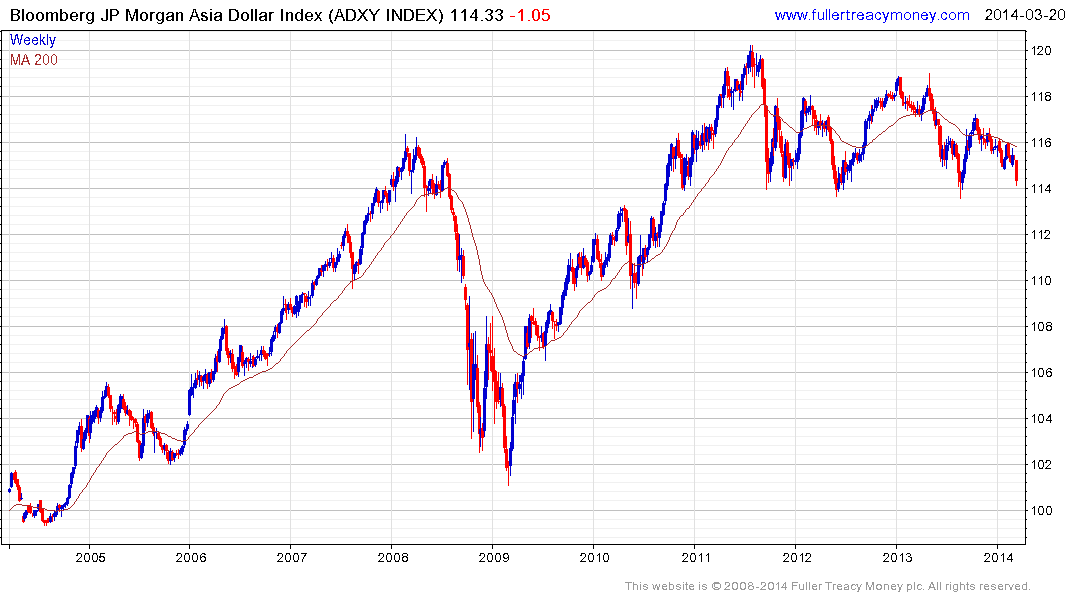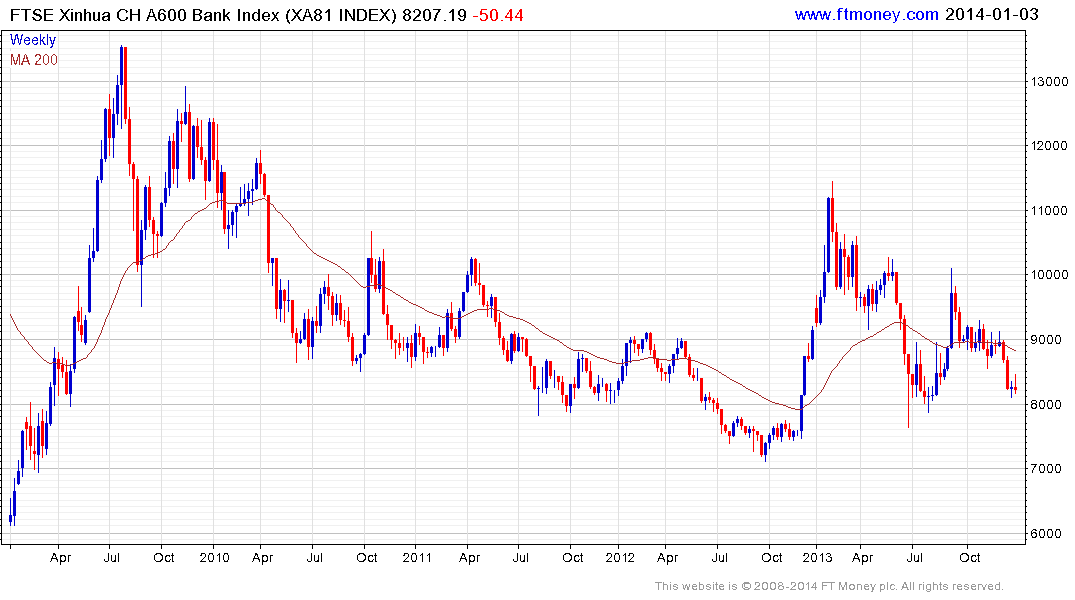Mass. General in talks to build hospital in China
This article by Liz Kowalczyk for the Boston Globe may be of interest to subscribers. Here is a section:
Eoin Treacy's view -“China has a real serious problem in regard to availability of beds,’’ said Benjamin Shobert, managing director of Seattle-based Rubicon Strategy Group, which advises health care companies entering China. The shortage led the Chinese government two years ago to allow outsiders to invest in and provide expertise for the country’s health care system.
Since then, Mass. General, which is the largest hospital in New England, has developed a relationship with China. A Chinese medical tourism firm, Beijing Saint Lucia Consulting, refers patients to the hospital. The firm opened a Boston office last year to provide translators, chauffeurs, and other services for wealthy Chinese coming to Mass. General and other Boston hospitals for cancer treatment, orthopedic procedures, and other medical care.
“There is still a large gap between China and America when it comes to medical technology and service,’’ said Joseph Zhao, the company’s deputy general manager in China. With doctors in high demand there, “physician-patient communication only lasts 5 to 10 minutes,’’ he said.
Wealthy Chinese consumers have resources to buy just about any material possession imaginable but domestic healthcare is still developing relative to other countries. World class healthcare is as much an attribute of the upper middle class as luxury brands, property or other services and demand is increasing. Medical tourism continues to expand as demand for services represents growth in Asia while desire for lower cost is fuelling demand elsewhere.
This section continues in the Subscriber's Area. Back to top



